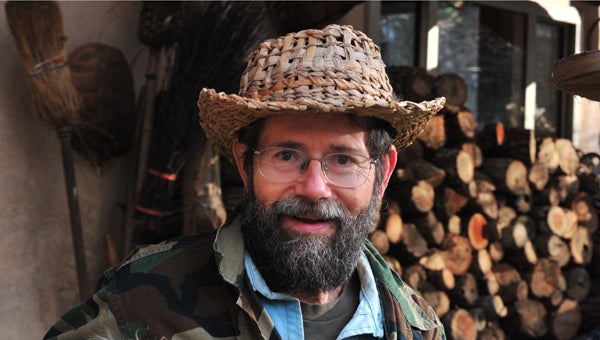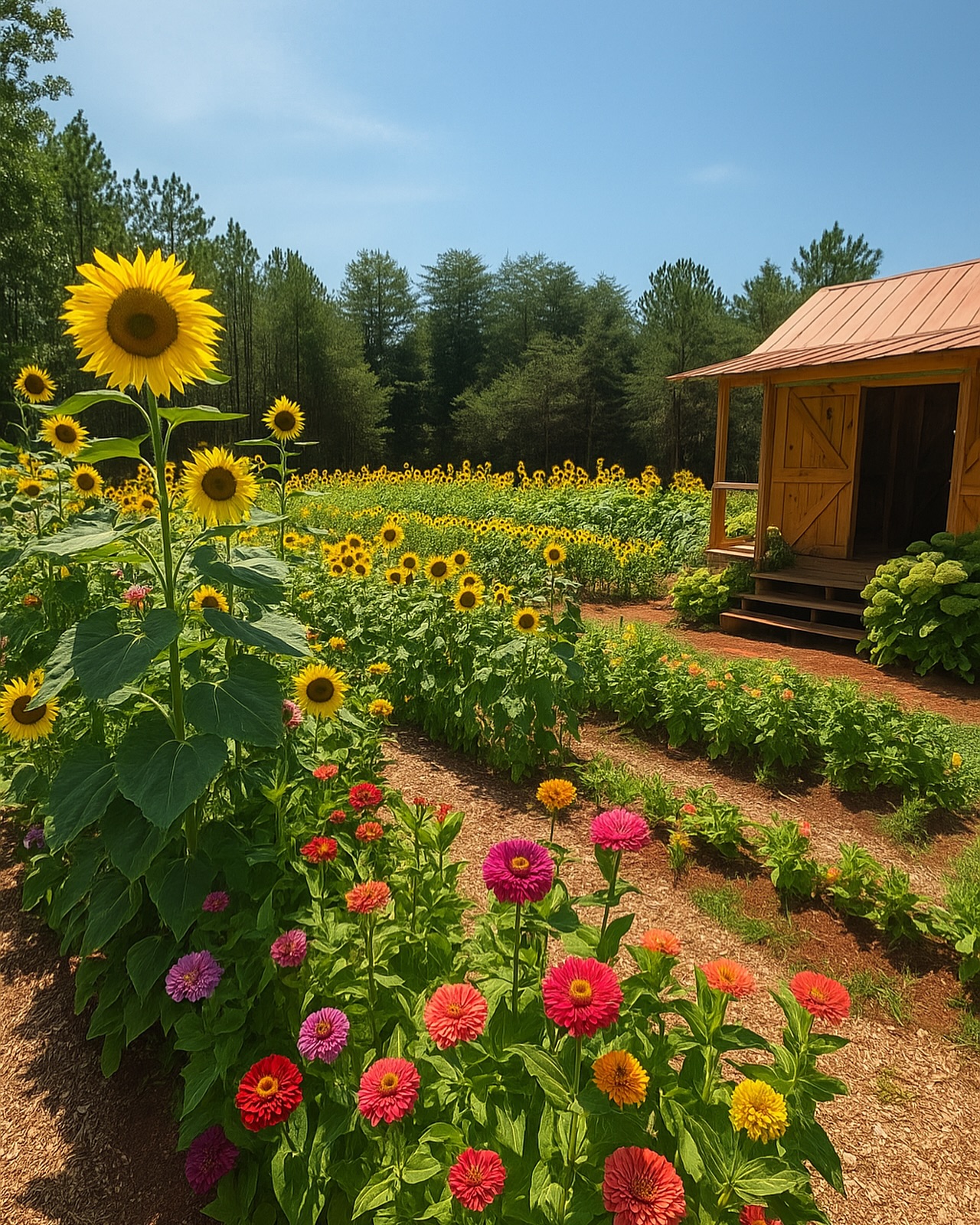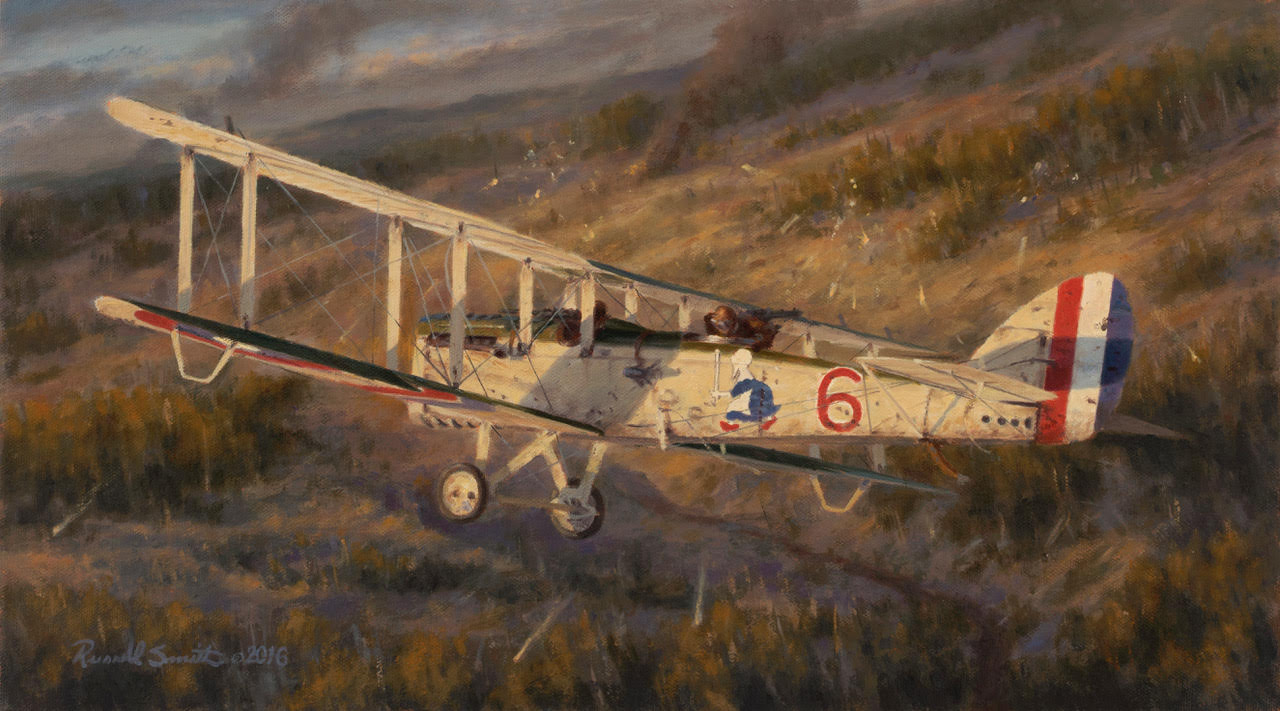Will he see his shadow or won’t he?
Published 9:19 pm Friday, January 29, 2016

Doug Elliott presents myth, folklore surrounding the infamous whistlepig
By Mark Schmerling
Well-known naturalist, herbalist, harmonica player, author, artist and storyteller, Doug Elliott not only studies the natural world, he celebrates it and draws others into that celebration.
On Tuesday, Feb. 2, Groundhog Day, Elliott will present “Groundhogology: Of Whistlepigs and World Politics,” at the Landrum Library, 111 East Asbury Drive at 6 p.m. Elliott’s program represents a pairing of Pacolet Area Conservancy (PAC) and the Landrum Library, with a grant from Polk County Community Foundation (PCCF).
Those who attend Elliott’s “Groundhogology” program will hear how groundhogs have been a source of food, clothing, medicine and music for generations of Appalachian folks. They’ll learn the mystical aspects of groundhogs and how they are woven into Native American and European mythology. Elliott will explain the real story of Groundhog Day, including its connection to length of daylight and change of our modern seasons. Elliott will also explain the shadow aspect of the Groundhog Day legend.
Elliott notes, “It turns out that Feb. 2 is a big day. It’s a cross-quarter day marking the halfway point between the winter solstice and the spring equinox.”
PAC’s invitation for the program notes, “This program is flavored with traditional songs, regional dialects, lively harmonica riffs, and more than a few belly laughs…and wood chuckles. This program is best for adults, and children who listen like adults. Families are welcome too.”
Elliott moved to a very rural part of Rutherford County from what he described as a somewhat rural tidewater area in Maryland.
Why did he take up residence in Western North Carolina some 30 years ago?
“Biodiversity and cultural integrity,” he answered.
Regarding the biodiversity of this part of western North Carolina, Elliott explained, “We’re about 40 miles from cotton fields, like you might find in Mississippi, and 40 miles from spruce-fir forests like you might find in New England. That’s biodiversity. Modern civilization reached this area a little later than most other areas of the country. So many people here have deep connection with the natural environment, and connecting with the natural environment is one of my main interests.”
In fact, Elliott, whose small farm produces much of what he needs, does not need to venture to town as often as do many of us.
“In the old days in the back country,” he reminds folks, “nobody went to town very often, as most small-time farmers produced much of what they required. In addition, many of them had to barter what little surplus they might have, and further, roads 200 years ago were often worse than bad.”
Regarding how and why Elliott settled where he has, and why he feels at home, he said that he found himself spending more time in the Southern Appalachians, even being mentored by an old-time mountain man.
Hanging on a wall inside Elliott’s cabin is an unusual banjo. Not coincidentally, the head is made from groundhog skin.
Elliott has performed at festivals, museums and schools from Canada to the Caribbean. He has been a featured storyteller at the National Storytelling Festival in Jonesborough, Tenn., and has conducted workshops and programs at the American Museum of Natural History in New York, the Royal Ontario Museum in Toronto and the Smithsonian Institution. He has trained rangers for the National Park Service and guided people on wilderness experiences from Maine to the Florida Everglades. He was named harmonica champion at Fiddler’s Grove Festival in Union Grove, N.C.
Elliott received a college degree in art, which he says enabled him to illustrate books and encouraged his interest in the natural world.
Books authored and illustrated by Elliott that he will have available for purchase include: Swarm Tree: Of Honeybees, Honeymoons, and the Tree of Life; Wildwoods Wisdom, Encounters with the Natural World; Woodslore: Stories, Lore, and Truth Stranger Than Fiction About the Natural World; Wild Roots: A Forager’s Guide to the Wild Edible and Medicinal Roots, Tubers, Corms & Rhizomes; Crawdads, Doodlebugs and Creasy Greens, Songs, Stories, and Lore Celebrating the Natural World. Look for these and Elliott’s DVDs and CDs, and his hand-made bark baskets at dougelliott.com.





